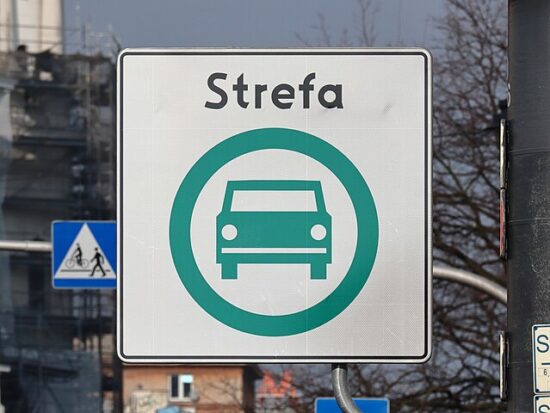Warsaw’s first year with the Clean Transport Zone saw no fines issued. Starting January 2026, stricter requirements for gasoline and diesel vehicles will take effect, with exemptions remaining in place.
One Year into the Clean Transport Zone
Exactly one year after the launch of Warsaw’s Clean Transport Zone (SCT), the city reports a clear outcome: no fines have been issued, and it plans to strengthen enforcement. From January 1, 2026, the second phase of the initiative will introduce stricter rules for gasoline and diesel vehicles. The zone covers 37 km² in the city center, with broad exemptions still in force.
Initial Implementation and Exemptions
The SCT began operating in Warsaw on July 1, 2024, making it the first such zone in Poland. It spans 37 km², including the entire Old Town and parts of neighboring districts—about 7% of the city’s total area. Boundary roads remain outside the zone. In the first phase, entry was restricted for gasoline vehicles (including LPG) older than 27 years or not meeting Euro 2 standards, and diesel vehicles older than 19 years or not meeting Euro 4 standards. According to the city, about 97% of vehicles in the capital comply with these requirements.
Exemptions and Limited Enforcement
For the first 3.5 years—until the end of 2027—residents of Warsaw who pay local taxes are exempt. Permanent exemptions apply to seniors over 70 and people with disabilities holding European parking permits. Additionally, any vehicle not meeting emission standards can enter the SCT four times yearly without sanctions; a fine of 500 zł is issued only for the fifth entry in a given year.
Monitoring and Enforcement Challenges
During the first year, municipal police focused on awareness campaigns. Data from early 2025 shows unauthorized entries accounted for less than 0.6% of registered trips. However, enforcement capabilities were limited: only two camera sets were used initially, with plans to expand to four and conduct more frequent checks on key entry points. The city is analyzing the integration of its urban monitoring system to support enforcement and potential legal reforms for more automated penalties.
Gradual Increase in Standards
According to the approved schedule, entry criteria will grow stricter every two years, maintaining existing exemptions (residents until 2027, seniors and people with disabilities permanently). The municipal council claims the first year already shifted market trends and driver behavior, reducing new diesel vehicles below Euro 6 standards and keeping annual NO₂ levels below permissible limits in the zone. Meanwhile, air quality and transport organizations criticize the zone’s effectiveness without real enforcement and demand more control points and automated penalties for exceeding the four annual entries limit.
Next Phase and Strategic Goals
The next stage—effective January 1, 2026—will tighten entry rules for vehicles outside exempt groups. The city plans to expand enforcement tools and continue informing residents and visitors. Balancing exemptions with compliance will be key to achieving health and environmental goals while maintaining clarity for drivers.
Source: MiejskiReporter, **Category:** 28










